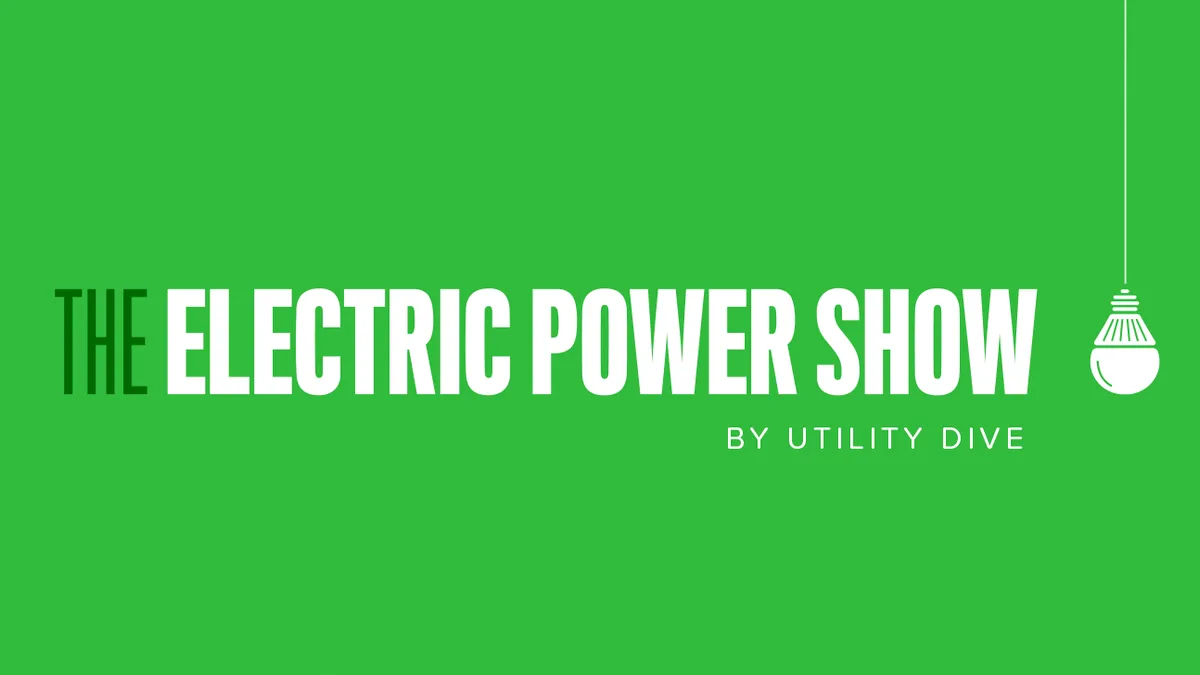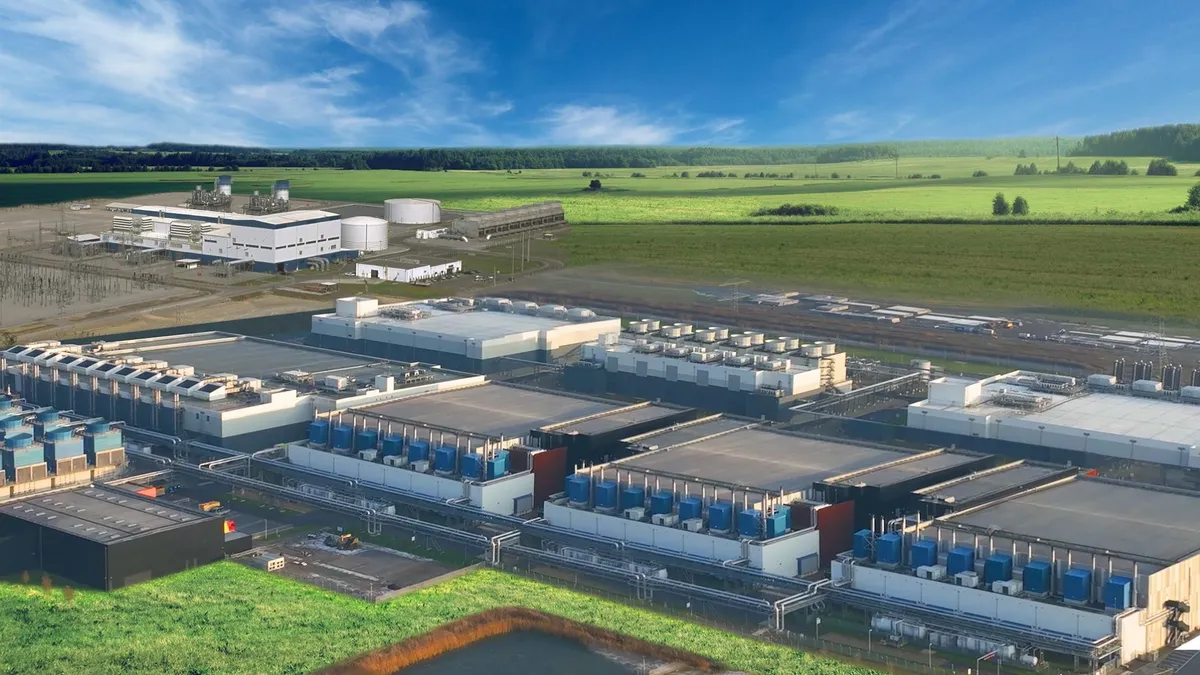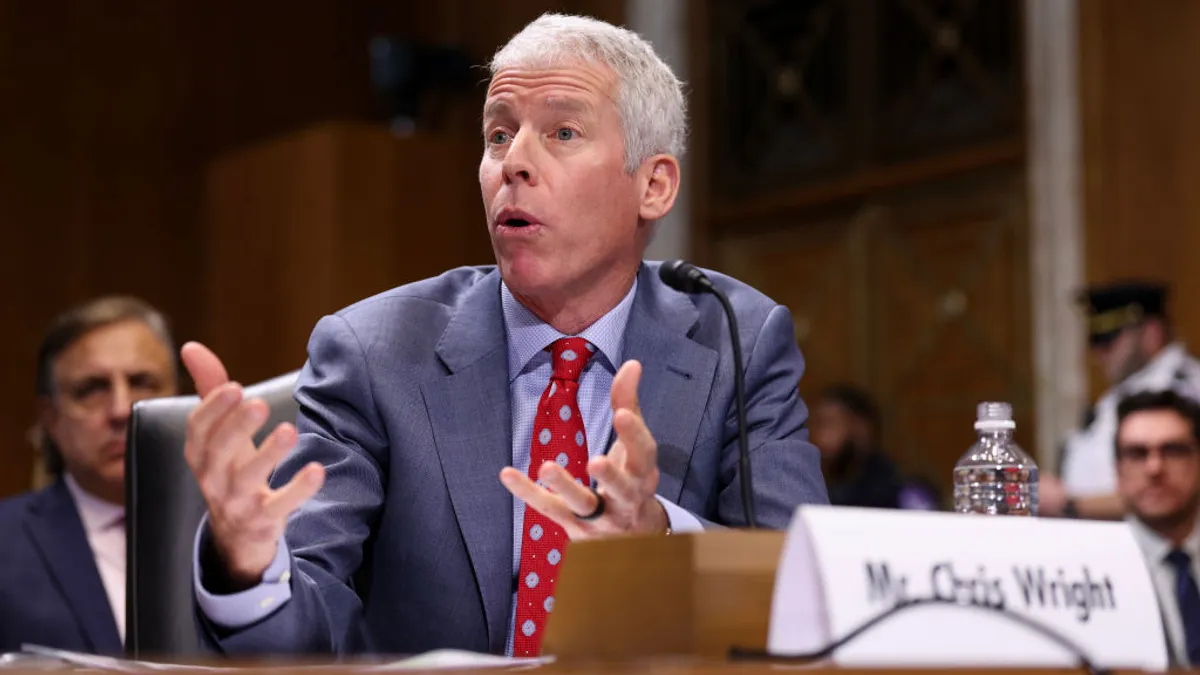At the beginning of 2019, the U.S. electric power sector is in the midst of fundamental change and uncertainty.
Renewable energy is increasingly competitive with fossil fuels. The Trump administration continues to focus on saving coal and nuclear plants. Distributed resources are upending the economics of the grid.
Utilities must deal with all that as climate change presents ever greater threats to their systems and regulators press them to provide more services to their customers.
As with any transition, the move to a cleaner and more distributed power system is a multi-faceted disruption, with events across the nation pulling the narrative in different directions. What will rise to the top? The Utility Dive team sat down early this month to lay it out.
"In 2019, I'm watching the growth of renewables and energy storage," Editor Iulia Gheorghiu said on the latest episode of the Electric Power Show. "Perhaps that won't surprise anyone because the year is already off to a bang — Hawaiian Electric kicked off announcements for 7 solar-plus-storage projects, adding more than 260 MW of solar and 1 GWh of energy storage capacity."
Announcements like those dovetail with conversations in Washington about what to do with retiring coal and nuclear generators, as well as emerging discussions about a Green New Deal in Congress and state capitols.
Advocates of a Green New Deal are "advancing discussions that have not happened in Washington at least since the last administration," I noted during our chat, but the policies being discussed are more ambitious than the market-based initiatives like the Waxman-Markey energy and climate bill pushed during the Obama era.
Even with growing public concern over climate change, Congress is unlikely to pass any meaningful clean energy or environmental policies this year. Action is more likely, however, in a handful of states that elected pro-renewable lawmakers last November.
"Illinois, Colorado, Nevada, New Mexico and Maine — all those state governors have endorsed a 50% renewable energy target or higher," Associate Editor Catherine Morehouse noted, "and within each of those states, there is single party Democratic rule which could make passing some of those clean energy initiatives more efficient."
But the story on the state level isn't all about clean energy, Morehouse cautioned. Dozens of states are also grappling with how to handle the persistent issue of coal ash as the White House attempts to roll back disposal regulations finalized under Obama.
"67 coal plants across 22 states have coal ash ponds in violation of federal groundwater standards," Morehouse said, quoting a recent Earthjustice report. "That report is developing, so that's just based on the data right now."
The UD team also talked about FERC action, skipping the natural gas "bridge," and the threat of a coal and nuclear bailout that still hangs over Washington.
Recommended readings:
2019 Power Sector Outlook: Top trends to watch
Ballot initiative flops mask strong election night for clean energy
67 coal plants in 22 states report coal ash violations, greens fear prolonged cleanup
Even in Indiana, renewables are cheaper than existing coal plants


 Podcast
Podcast







